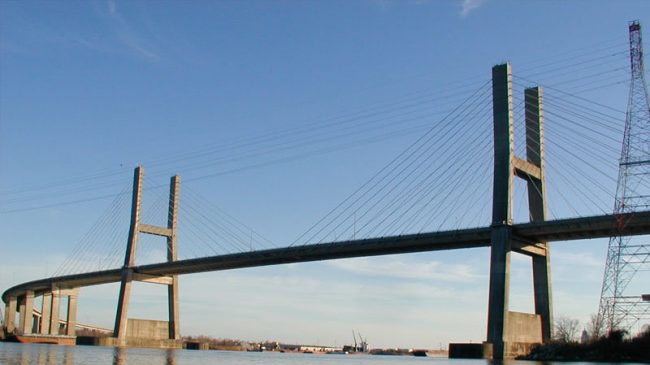Last summer Alabama coastal leaders began discussing the building of a third bridge to connect I-10 with the Alabama beaches. With a growing economy, congestion was growing in the peak summer months. Local leaders were concerned with traffic congestion and the resulting challenges to economic development.
Unfortunately, relations between the owners of the Foley Bridge and local politicians became acrimonious. Mayor Kennon wanted the bridge owner to lower the tolls. When the bridge owner refused, local leaders threatened to build a third bridge and force the Foley Bridge owners into bankruptcy.
Realistically, the owners of the Foley Bridge could not reduce the tolls. They needed to pay back the $30 million in loans that they borrowed to build the bridge. Some accused the bridge owner of charging inflated tolls. But charging excessive tolls would lead to fewer vehicles using the bridge and less revenue as a whole. The bridge owners needed the revenue to repay the loans.
Building a third untolled bridge was not a good option either. Congestion can be intense, but it is limited to three months of the year making a new bridge a poor use of Alabama DOT limited taxpayer funding.
Fortunately, cooler heads have prevailed. After elected officials dialed back talk of a new toll bridge, the Foley Bridge owners reached out to the local leaders to determine the community’s priority. They received assurances that the city/state would not build a new bridge. The bridge owner conducted a traffic study of the area and determined that there was enough traffic to justify widening the bridge. The construction is scheduled to start in the fall.
The owners plan to add a third lane to provide two lanes of traffic in the peak direction, widen the toll plaza and widen the roadway near the plaza.
In addition, bridge customers will have the option of paying for tolls electronically by using a transponder. Electronic toll collection has many advantages. It is safer because vehicles do not have to stop at the tollbooth. It reduces congestion because there are no back-ups during busy traffic periods. Finally, customers pay cheaper tolls because there is less labor involved.
This new bridge will provide all the benefits of a new bridge without local taxpayers having to pick up the tab. Tolling is the ideal user fee because only people who use the bridge pay for it.
Private sector ownership/construction has other advantages. The private sector is more focused on customer service than the government. For example, during the bridge widening, tolls will be reduced 70 percent for local residents and more than 20% for visitors, something few local governments would do.
Congratulations go out to both the Foley Bridge owners and political leaders such as Orange Beach mayor Kennon for working together to find a solution to traffic congestion for residents and visitors.

